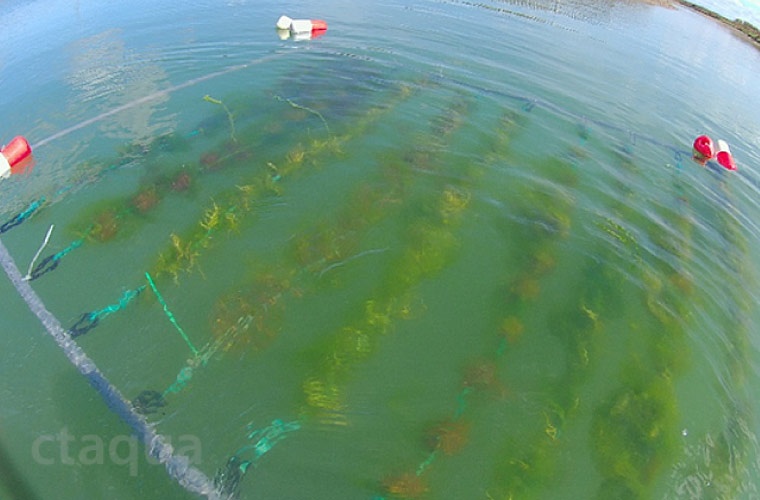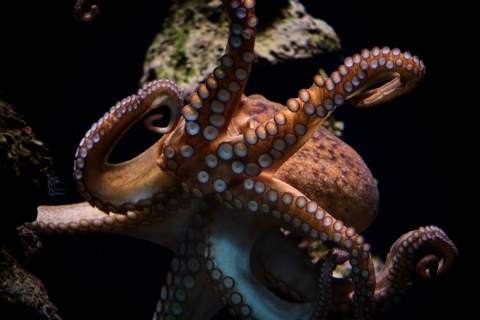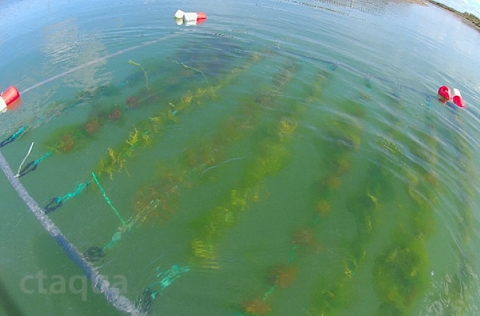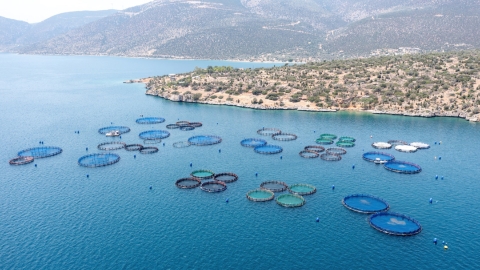
Europe has set its sights on dramatically scaling up its seaweed farming, aiming to produce eight million tonnes a year by 2030-thirty times its current output. This would generate an estimated €9 billion in market value and create up to 85,000 jobs. To achieve this sustainably, an international team of researchers has drafted a comprehensive roadmap built around seven strategic pillars, encompassing economic, environmental, social and governance dimensions.
Published in NPJ Ocean Sustainability, the study draws on interviews with stakeholders in Norway and Portugal, as well as a workshop held on Nord University, which brought together experts from across Europe. The goal is to develop a viable and resilient model that can transition the sector from its current experimental phase to mature, economically sound industry.
While Asia dominates global seaweed production-accounting for over 99% of the total-Europe contributed just 3.8% of the 287,000 tonnes harvested in 2019. In Norway, home to the highest concentration of seaweed companies, 44 in total, production remains largely dependent on wild harvesting, with 150,000 to 200,000 tonnes annually of Laminaria hyperborea and Ascophyllum nodosum. In 2023, commercial cultivation amounted to a mere 600 tonnes.
Portugal, meanwhile, is home to 16 active businesses and boasts greater species diversity, particularly those suited to temperate climates such as Porphyra, Fucus spiralis, Laminaria ochroleuca, Ulva and Gelidium. One of the sector’s flagships is AlgaPlus.
Seaweed farmers cite high production costs as a key challenge. In Norway, fresh seaweed biomass sells for around NOK 25 per kilo (roughly €2.20), exceeding the estimated break-even price of €1 kilogram.
A mismatch between supply and demand also persists: cultivated species like Alaria esculenta or Saccharina latissimi are not those most sought after by the market, which favours Palmaria palmata and Undaria pinnatifida.
Regulatory hurdles remain, too. In many countries, frameworks designed to finfish aquaculture are applied to seaweed, leading to inefficiencies. Unlike Asia, where selective breeding programmes are well established, Europe remains heavily reliant on wild stocks.
The study warns of environmental risks if expansion is not carefully managed. Examples such as Sanggou Bay in China, where organic build-up caused hypoxic zones, illustrate the dangers of unchecked intensification. Other issues include reduced seabed light, disease spread, and biodiversity loss from extensive monocultures.
“We need to know what we’re doing before scaling up. The goal is to avoid repeating the mistakes made in other high-intensity production models,” said one Norwegian producer.
Seven Steps Towards a Sustainable Industry
To ensure Europe’s seaweed boom avoids the pitfalls seen in other sectors, the report sets out a roadmap with seven priority actions. More than just ramping out production, the aim is to build a sector that is balanced, resilient and in tune with marine ecosystems.
Clear environmental thresholds must be set. Before expanding farms, we need a thorough understanding of how much seaweed an area can sustain without harming its ecological balance. This precautionary planning could help avoid scenarios like those in parts of Asia, where overproduction led to oxygen depletion and biodiversity collapse.
Public understanding of seaweed remains limited, creating barriers to acceptance among consumers and coastal communities. Promoting education, transparency, and citizen participation is essential to building lasting public support for this emerging sector.
Seaweed farming should not develop in silos. It can benefit from synergies with other sectors such as offshore wind energy, sustainable tourism or integrated multi-trophic aquaculture, leading to mutual gains and more efficient use of marine space.
The current rules-geared towards fish or shellfish -fail to accommodate the genetic and technical specificities of macroalgae. Bespoke legislation would streamline permitting and encourage innovation.
Technologies like environmental DNA (eDNA) monitoring or selective breeding programmes are vital to professionalizing the industry and reducing dependence on natural populations.
Seaweed offer multiple ecosystem services, form bioremediation to nutritional benefits. However, the authors caution against overhyping their carbon capture potential, calling instead for measured and evidence-based communication.
The industry must shift towards high-value products-such as functional foods, cosmetic and organic fertilisers-with clear regional branding and certification schemes to ensure traceability and sustainability.
A realistic, long-term vision
Although the study focuses on Norway and Portugal, its authors believe the roadmap can serve as a blueprint for the whole of Europe and call for broader dialogue across countries. The key lies in implementing these actions through a shared vision and tracking progress over time.
“Sustainable development mustn’t be seen as a fixed target, but rather as a constantly evoling process,” the study concludes.
Backed by academic institutions from 13 countries, the report highlights a unique opportunity for Europe to position itself as a global leader in sustainability within the burgeoning macroalgae sector.



